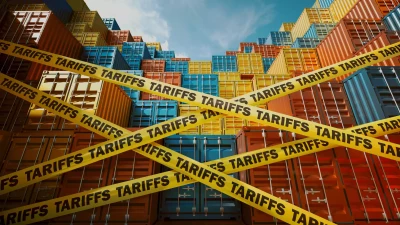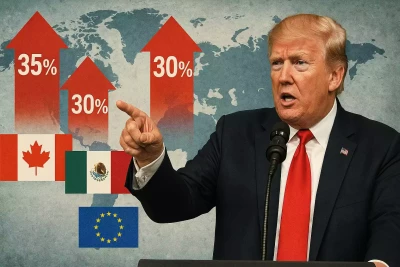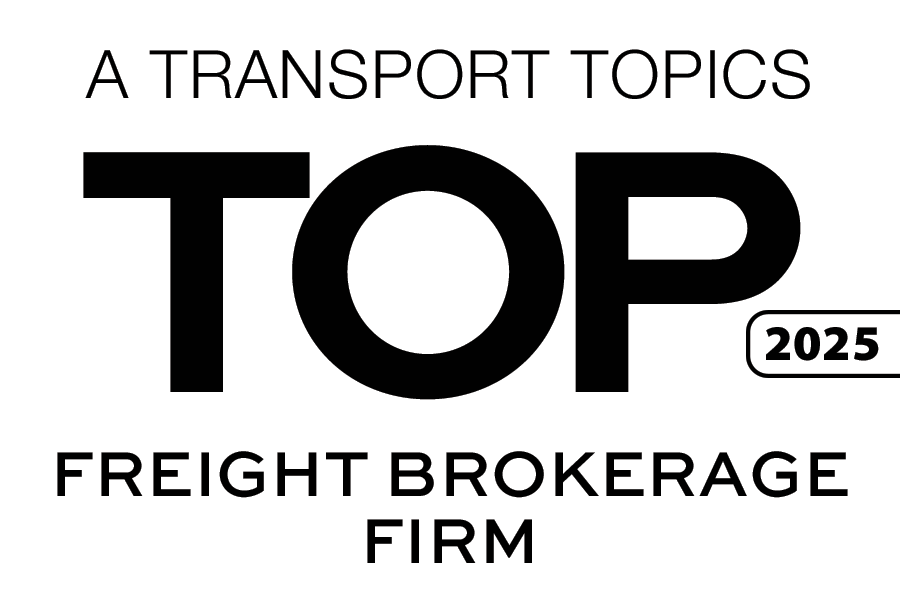Trump Administration Plans New Tariffs on Largest Trade Partners
July 15, 2025
 The global trade landscape is bracing for a significant shift as President Donald Trump announces a sweeping series of tariff hikes set to take effect on August 1st. In a move that has sent ripples through supply chains, Trump has revealed plans to increase the tariff on imports from Canada to 35%, up from the 25% initially announced in February. An additional 30% tariff on imports from both Mexico and the European Union will also be imposed.
The global trade landscape is bracing for a significant shift as President Donald Trump announces a sweeping series of tariff hikes set to take effect on August 1st. In a move that has sent ripples through supply chains, Trump has revealed plans to increase the tariff on imports from Canada to 35%, up from the 25% initially announced in February. An additional 30% tariff on imports from both Mexico and the European Union will also be imposed.
Citing fentanyl smuggling as the primary reason behind these actions, President Trump posted formal letters to the leaders of Canada, Mexico, and the EU on Truth Social, detailing his decision. The announcement marks an escalation in trade tensions with America’s top partners—and brings with it serious implications for the U.S. transport economy.
Trade data underscores just how vital these trading partners are to the U.S. economy. In May data gathered by WorldCity, Mexico was the United States’ top trading partner, with $74.5 billion in trade. Canada followed closely with $57.6 billion. Much of this trade includes high-volume, high-value goods like automobiles, auto parts, and electronics—products that rely heavily on cross-border freight and trucking services. Tariffs at these levels could reshape the structure of U.S. supply chains.
For freight carriers and logistics providers, these tariffs present both disruption and opportunity. Higher tariffs typically mean reduced import volumes. As the cost of Canadian and Mexican goods rise, many U.S. companies may seek to source products domestically or from alternative countries with more favorable trade terms. This could lead to a drop in cross-border freight traffic, particularly in the automotive and tech sectors.
Some companies may turn to reshoring or nearshoring, increasing the demand for domestic freight and regional logistics services. While that may soften the blow for some carriers, others—especially those specializing in cross-border routes—may feel a pinch. Tariffs often lead to increased costs across the supply chain, including fuel, warehousing, and labor. These cost pressures can result in volatile freight rates, placing added stress on shippers and brokers alike as they scramble to adjust to a rapidly changing landscape.
Increased scrutiny and administrative adjustments related to the new tariffs may lead to longer wait times at ports of entry, especially along the U.S.-Mexico and U.S.-Canada borders. These delays can further strain delivery schedules and increase costs for time-sensitive shipments. With a 30% tariff also targeting the European Union, transatlantic cargo may become a more expensive and less attractive option for U.S. importers. This could drive changes in ocean freight, intermodal logistics, and port operations, especially on the East Coast. Shippers will need to evaluate how these new fees impact their existing European partnerships.
 For logistics professionals, adaptability will be key. Shippers, carriers, and supply chain professionals should monitor tariff updates and evaluate cost impacts immediately, while diversifying sourcing strategies to reduce exposure to high-tariff markets. Lastly, collaboration with logistics partners who can offer real-time visibility and strategic rerouting options can mitigate negative impacts from tariffs.
For logistics professionals, adaptability will be key. Shippers, carriers, and supply chain professionals should monitor tariff updates and evaluate cost impacts immediately, while diversifying sourcing strategies to reduce exposure to high-tariff markets. Lastly, collaboration with logistics partners who can offer real-time visibility and strategic rerouting options can mitigate negative impacts from tariffs.
The current trade environment is volatile, but with preparation and the right partnerships, businesses can navigate these disruptions and uncover new opportunities. Whether you’re managing cross-border shipments or adapting your domestic routes in response to global uncertainty, Triple T Transport is here to help. With decades of industry expertise and a flexible, solutions-focused approach, we’re ready to keep your freight moving, no matter what the market brings. Contact us today to learn how we can support your evolving logistics needs with world-class 3PL services.














